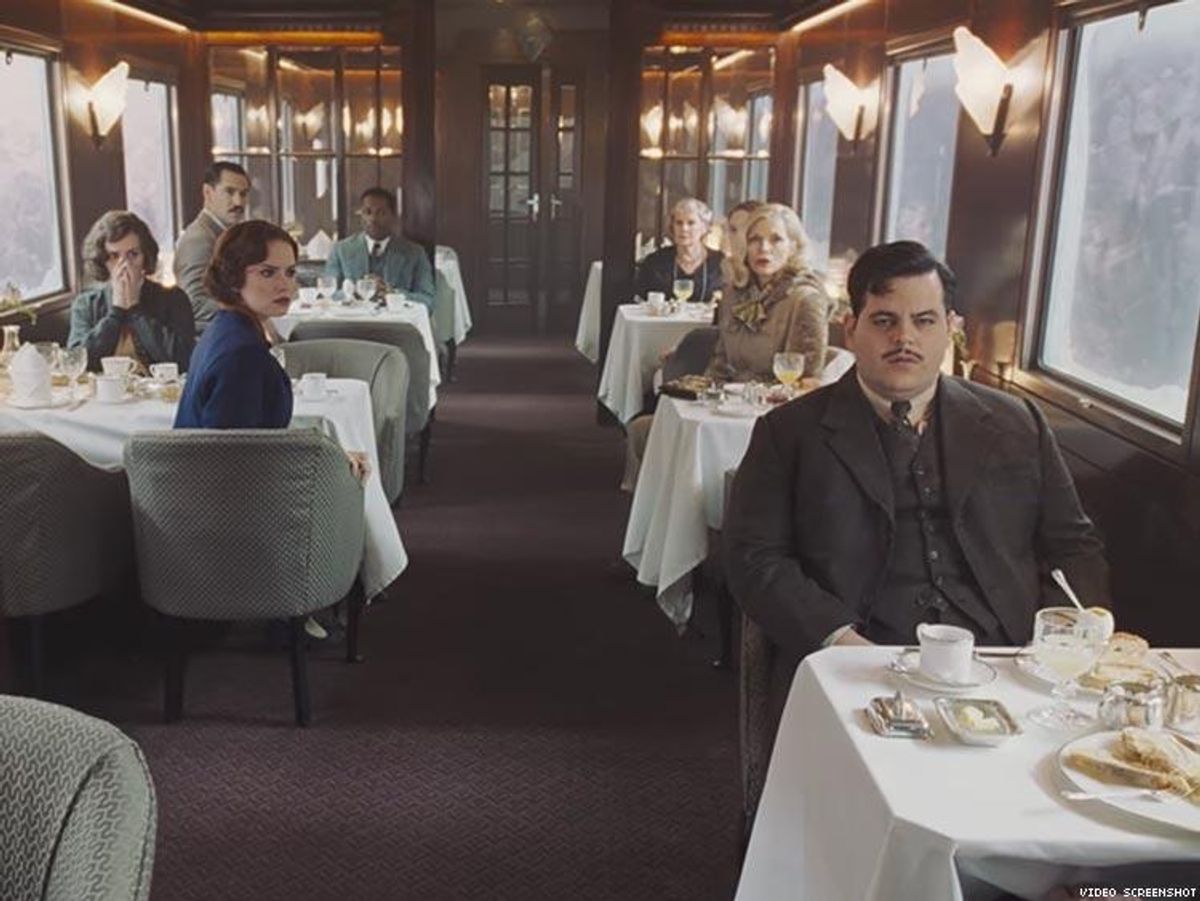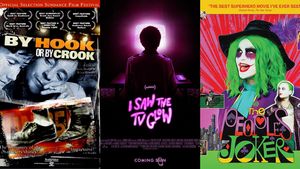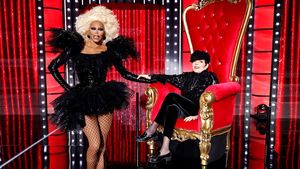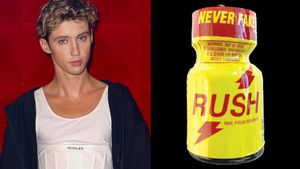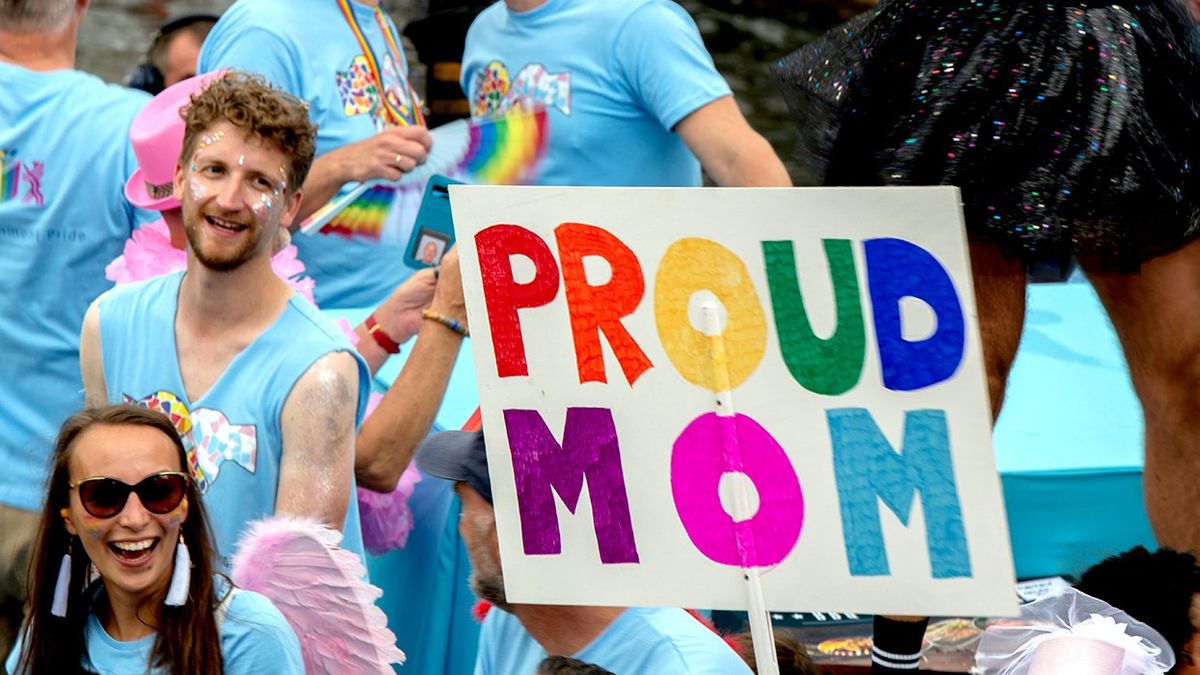With Murder on the Orient Express opening at cinemas on Friday, admirers will have the first chance in nearly three decades to watch a new film of an Agatha Christie mystery on the silver screen.
Few writers so long after their deaths can command a global cinema audience. The new Sherlock Holmes franchise, starring Robert Downey Jr., and based on the characters by Arthur Conan Doyle, is an exception. That is the league Christie plays in.
Anecdotally, Christie has long had an LGBT+ fan base. Many of those queuing to find out "whodunit" will be gay, trans, and bisexual.
What is the allure?
Agatha Miller was born into a upper-middle-class family in 1890 in Torquay, Devon in the U.K. Home educated, unlike contemporaries such as Margery Allingham and Dorothy Sayers, she was not one of the rare women to attend university. Instead, her upbringing was provincial, even bourgeois.
There is nothing to suggest that she held views that were anything but typical. Indeed, her books' casual racism make for uncomfortable modern reading.
Equally, for LGBT+ readers there is little that is distinctly queer. Christie wrote 80 novels, yet there is only one explicitly gay character. Even he does not appear but is only casually mentioned, and credited -- stereotypically -- with good housekeeping skills.
Christie wrote most of her books before the U.K.'s partal decriminalization of homosexuality. Even characters who might be read as LGBT+ are rare: Mr. Pye (The Moving Finger, 1942), a gossipy antiques dealer, is a candidate. Miss Hinchliffe and Miss Murgatroyd (A Murder Is Announced, 1950) are perhaps lovers. It is never stated, though: They might just be two women who live together. The recurring character Mr. Satterthwaite holds "queer" parties. What is being suggested?
None of these exactly push boundaries.
Five Little Pigs (1942) and Nemesis (1971) are the closest readers come to apparent homosexual subtexts. In Five Little Pigs, the death of Socrates provides an evocative parallel: Amyas Crayle, an artist poisoned 16 years earlier, becomes Socrates; his friend Phillip Blake becomes Plato. The hint of homoeroticism mirrors Hellenistic ideals of male friendship. In Nemesis, a woman's thwarted love for her young ward is the motive for murder. In both, there is tragedy.
Greater LGBT+ association with Christie can be found in the 1970s and 1980s big-screen adaptations. Each of them were lavish productions that reveled in period campiness, some with explicitly gay characters, all with iconic actors such as Bette Davis, Rock Hudson, Angela Lansbury, and Roddy McDowall.
Later, when Agatha Christie's Poirot was rebooted in 2003, the productions became darker, the queerness accentuated. They banished the conservatism of previous seasons and the earlier Miss Marple. The series, with its sister series Marple, became Christie for audiences that voted for Tony Blair and Barack Obama.
Homosexual characters were added -- even to include queer plot denouements. Traditionalists were outraged. However, writers were playing to an obvious LGBT+ audience.
The new interpretations were tonally different from the novels. Christie's LGBT+ appeal does not come from subtext but -- paradoxically -- from her conservatism.
Golden Age detective fiction was not inherently traditionalist. Even the devout Sayers explored extramarital partnerships and lesbianism. More progressive, Gladys Mitchell's work includes themes of repressed desires and transgenderism.
This was not Christie's world. Her characters are predominantly of her own class. They are superficially conventional. Beneath the veneer, these archetypes have affairs, lead lives subject to blackmail, and so on. Heteronormative hypocrisy is prodded as chaos comes from order.
However, her two most famous detectives are far from British detective fiction's epitype of the amateur gentleman.
By her age, Miss Marple is an oddity. Her spinsterhood makes her an addition to any social gathering, not its center. Hercule Poirot's detachment is greater: He is a foreigner evacuated during the Great War to Britain as a refugee. He stands out by his manner, dress, and famous mustache.
Poirot mixes with English society but, not part of it, he need not accept its values: he will always be "other," sneered at behind his back. He is the outsider peering in, his difference creating his ability to detect the hypocrisies found in the underbelly of a society that never quite accepts him.
Sound familiar? As Brian Kenny says in Queer as Folk: "There's only two kinds of straight people in this world: The ones that hate you to your face ... and the ones that hate you behind your back."
There is another facet, if not unique then more common: In murder mysteries, such as Dead Man's Folly, Third Girl, and Taken at the Flood, the twist relies on characters literally not being who they say they are. For one reason or another, they have stolen another person's life. They have a double identity -- the real self and the assumed self.
One need not delve far to find queer appeal. Social transgression was common when homosexuality was hidden from view. Changing identity remains important in sexual fantasy, whether it be in the cruising club or on Grindr. Anyone who has struggled with their sexuality understands what it is to live a false life.
Nor was this assumption unknown to Christie. When her first husband confessed to an affair, the author ran away and, perhaps hoping he would come to rescue her, checked into a Harrogate hotel under a fictitious name. For 11 days in 1926, the lady vanished but was hiding -- like a clue in a novel -- in plain sight.
Curiously for an author who lacked literary pretension, Christie has often been scrutinised for subtext: Pierre Bayard suggested that unconsciously she had allowed Poirot to identify the wrong villain in The Murder of Roger Ackroyd (1926). Perhaps the quest for queer subtext is similarly ridiculous and we should accept Christie as written. She was notoriously shy, and her detachment from the values she wrote about might coincidentally provide material with which LGBT+ people can identify.
Also, there is this: She has outlasted rivals. Detective fiction is a genre that rests not upon character but upon the intellectual puzzle. Its completion wrests a new order back from chaos. At this, Christie excelled.
It might be that LGBT+ people are just asserting their natural good taste.
GRAHAM KIRBY is editor of Disclaimer. You can follow him on Twitter @grakirby.
